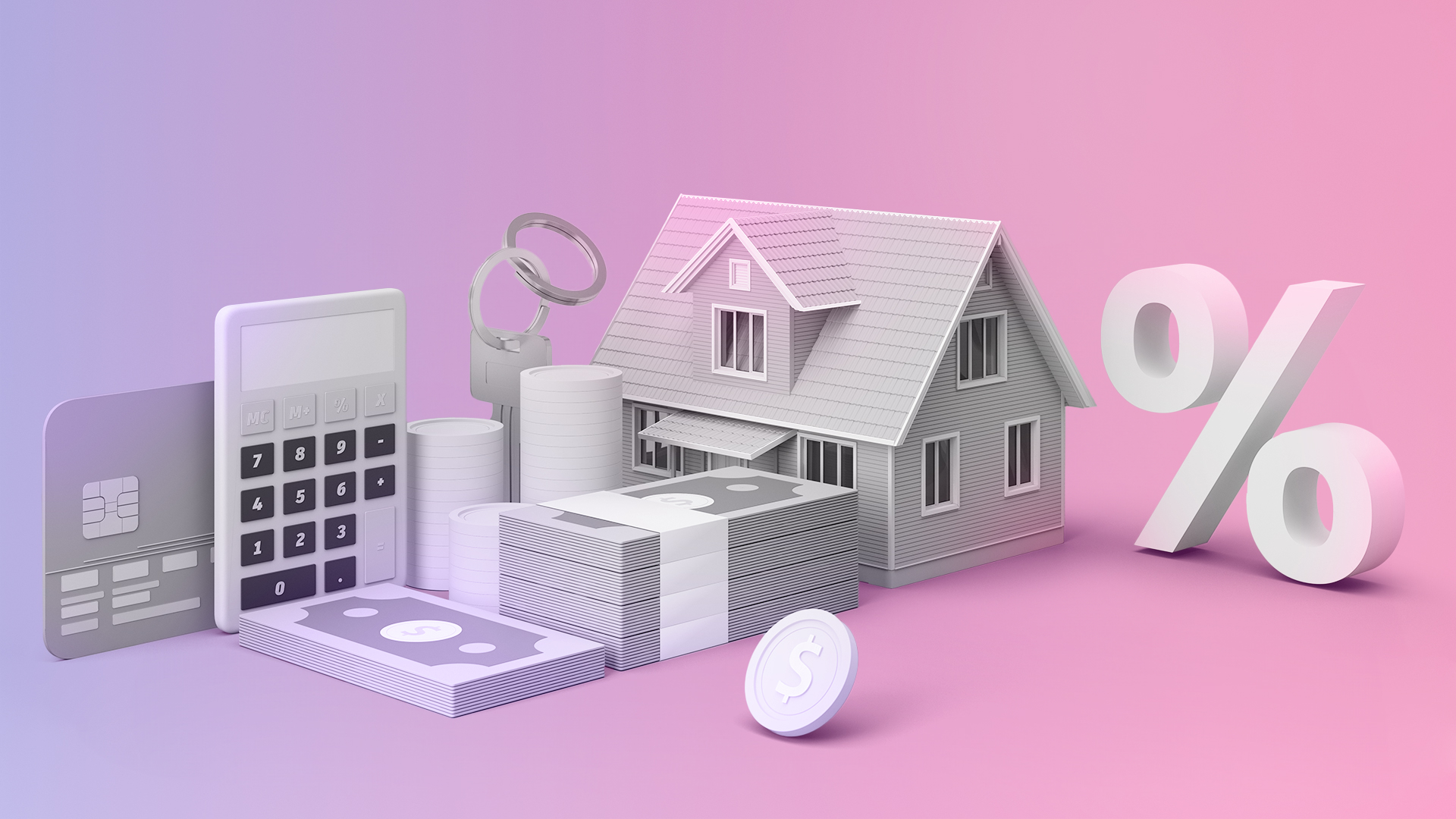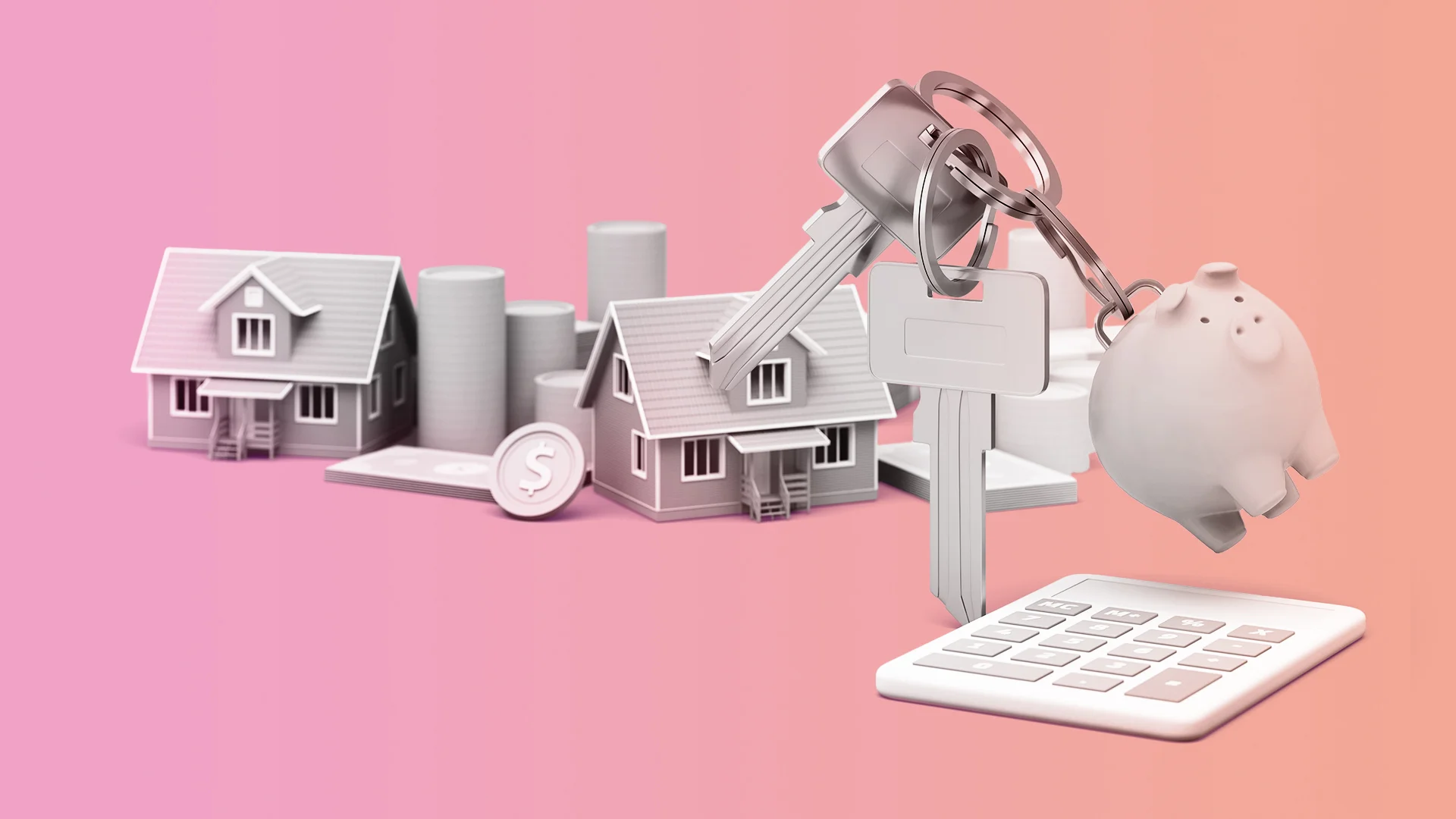Is an Interest-Only Home Loan a Good Option for Buying My First Home?
As a first-time home buyer, is taking out an interest-only home loan the best option for your first home?
Read on to learn more about interest-only loans, how they work and if they’re a good option for your first property.
What is an interest-only loan?
As you’ve probably already gathered, an interest-only home loan is a type of mortgage where you’re only required to make repayments to cover the interest. This is different from a standard principal and interest mortgage, where you contribute towards both the interest charges and paying down the outstanding loan balance, also known as the principal.
How do interest-only loans work?
Interest-only home loans tend to have shorter set loan terms compared to principal and interest loans. The loan terms can be anywhere from 1-7 years. Once this period is over, your interest-only loan will roll over to a principal and interest mortgage so you can start chipping away at the loan balance.
While you’re able to enjoy lower mortgage repayments during the interest-only term, your repayments will increase once the term ends to account for your contribution towards the principal and interest components of your home loan.
Here’s an example to demonstrate how interest-only repayments stack up against repayments for a principal and interest loan. Let’s say you took out a loan with the following figures:
- Loan amount (principal): $450,000
- Interest rate: 5.90%
- Loan term: 30 years
- Interest-only period: First 5 years
If you started with a principal and interest loan, your monthly repayments would be $2,695.00.
Alternatively, if you were to go with an interest-only home loan for the first 5 years, you could use the following formula to calculate your daily interest charges:
I = (P x R) / T
Where:
I= Interest or the daily interest charged,
P= Principal or the outstanding balance of your home loan,
R= Interest rate, which is the percentage rate divided by 100, and
T= The amount of time in days, which is usually 365 if you’re charged annually.
Based on the figures above, the formula would look like this:
I = (450,000 x .059) / 365
I = $72.74 charged daily
To calculate your monthly interest repayments all you have to do is multiply the daily interest charge by the number of days in the month. So, for a 30-day month, your monthly repayment would be $2,182.19. That’s a $500 difference between monthly repayments depending on the type of home loan you have.
Pros and cons of interest-only loans
While saving money on repayments, even if it’s just for a short period of time, might sound like a great idea, interest-only loans come with a range of benefits and drawbacks that are worth considering before you take the leap on your first property.
Pros of interest-only loans
Here are some potential pros of interest-only home loans:
- Lower initial repayments: During the interest-only period, you have the flexibility to make smaller monthly payments since you only have to cover the interest portion of your loan.
- Cash flow flexibility: Interest-only loans can provide you with increased cash flow flexibility during the initial period.This may be useful if you’re expecting your income to rise in the future or if you have an irregular income stream.
- Investment opportunities: You might want to choose an interest-only loan to free up cash for other investments. This strategy assumes that the returns from alternative investments will outweigh the potential increase in mortgage payments when the principal repayment period begins.
- Greater affordability: Interest-only loans may make it more affordable for you to purchase high-value properties. By initially focusing on interest payments, you might be able to afford a more expensive home. But will you be able to afford the repayments once the interest-only term ends?
- Potential tax benefits: Interest-only home loans can provide investors with an opportunity to minimise their tax-deductible expenses. Because interest charges on investment properties are tax-deductible, many investors will often opt for interest-only home loans to claim higher tax deductions. Plus, the lower repayments also mean that investors can put that money towards other investments or even redirect it towards repayments on their own mortgage.
Cons of interest-only loans
Interest-only home loans also come with several potential drawbacks and risks that are worth considering before deciding on this type of home loan:
- Higher interest rates: Because of the risk associated with interest-only home loans, many lenders charge higher interest rates on these types of loans compared to principal and interest mortgages. A higher interest rate means that you’ll be paying more over the term of the interest-only loan and the life of your mortgage in general.
- Higher total interest costs: While we’re on the topic of higher interest costs, the overall interest costs over the life of the loan can be higher compared to a standard mortgage. That’s because you’re not paying down the principal during the interest-only period.
- Payment shock: When the interest-only period ends and the loan transitions to principal and interest payments, you could experience a significant increase in monthly payments. This payment shock can strain your finances, especially if you haven't done the sums to adequately prepare for the higher payments.
- Limited home equity: During the interest-only period, you’re not building equity in the property since no principal payments are made. This can limit financial flexibility and the ability to tap into home equity for future needs.
- Interest rate risks: As an interest-only borrower, you’re exposed to market and interest rate risks. If property values decline or interest rates rise significantly, refinancing or selling the property could become more challenging.
Before choosing an interest-only home loan, it's important to do your research.Thoroughly assess your financial situation, risk tolerance and long-term financial goals. Because of the tax benefits offered by interest-only loans, they’re often viewed as a good option for investors, but they might not necessarily be the best choice for a first-time home buyer. If this is your first step into the world of property ownership, a standard fixed-rate mortgage or variable home loan with predictable payment structures might be more straightforward and suitable. With that said, there’s no harm in seeking professional advice from a financial advisor or mortgage broker to get personalised advice based on your specific situation.
This article is intended to provide general information only. It does not have regard to the financial situation or needs of any reader and must not be relied upon as financial product advice. Please consider seeking financial advice before making any decision based on this information.





















































